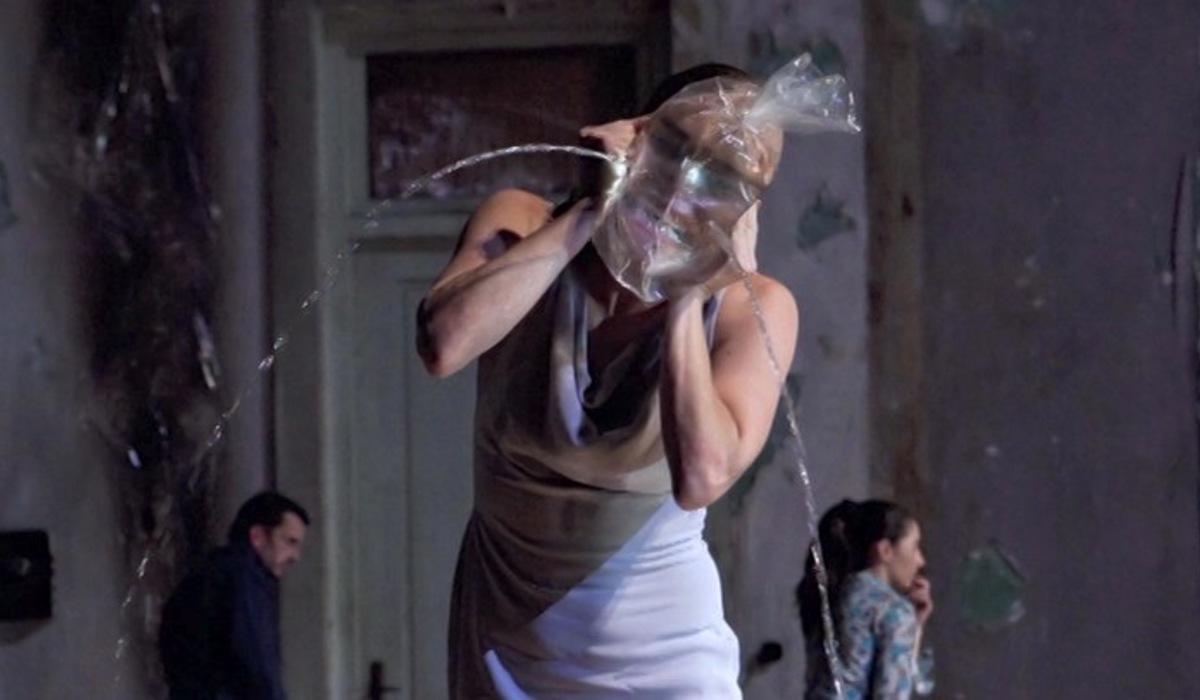By Chlotrudis Independent Film Society
Rating: 1.5 cats
Director: Michael Sladek

Country: united_states
Year: 2012
Running time: 86
IMDB: https://www.imdb.com/title/tt2388647/reference
Bruce says: “A film such a BAM150 has no right to be in any film festival. It is a vanity project commissioned by Brooklyn Academy of Music (BAM) directors Karen Brooks Hopkins and Joseph Melillo, more propaganda than a work of art. In 2011 BAM celebrated its 150th year. That’s right, it all began in 1861, in the middle of the Civil War and during a severe economic depression. Manhattan was the largest US city and Brooklyn was third; Manhattan was the capital of the arts and Brooklyn was a working class manufacturing city. When the Brooklyn Bridge was completed in 1883 it paved the way for Brooklyn and Manhattan to merge into New York City in 1898.
“Throughout the years BAM has reached incredible artistic highs and suffered equally incredible economic lows. That is has survived at all is a miracle. The first BAM building in Brooklyn Heights burned to the ground in 1903; BAM rebuilt on Lafayette Street in the Fort Greene section, opening in 1908. The building still stands.
“BAM150 alternates history lessons with artistic highlights and unnecessary footage, trivialities such as Hopkins worrying about seating at a fundraising banquet and Melillo getting picked up at JFK after scouring Europe for new talent. The film begins with a security guard waking up in his Bronx apartment at 5:00am; the camera follows him on the subway to BAM. He unlocks the door and it appears the filmmakers will show us how BAM functions behind closed doors. What follows, however, is choppy edits of various people walking through corridors. We never get a feeling for the layout of the building or learn who the people are and what functions they perform.
“We hear too much about the fundraiser which is a giant party for the opening of Richard III with Kevin Spacey. Richard III is the last of the Bridge Project’s plays. The Bridge project was a hugely successful artistic effort by Sam Mendes and Kevin Spacey to merge talent from both sides of the Atlantic, showcasing at the Old Vic in London and BAM in the USA. We never see any footage from any of the Bridge Project performances; Sam Mendes is never mentioned and Kevin Spacey is never shown on film. Seems there are several axes to grind.
“The archival footage of Harvey Lichtenstein is wonderful. He took over as president in 1967 and his multicultural vision was way ahead of its time. He championed performers from Africa, South America and Asia when no one else was vaguely interested in anything that wasn’t American. He also knew how to stage blockbuster theatrical events that helped to keep BAM afloat and subsidize the esoteric fare. His big missteps involved two theatrical repertory efforts in the 70s and 80s, both of which failed dismally.
“The film flashes through many photos of staged performances without telling the viewer who the actors/performers are and what event is on stage. Gaps appear in the historical narrative. The film offers details\ about how the Majestic Theater, an abandoned movie theater two blocks away, was added to BAM in 1987; but the BAM Rose Cinemas and Cinétek, a major force in New York City film, is mentioned only in passing.
“BAM has a wonderful avant garde legacy. It has featured Pina Bausch, Peter Brook, Mark Morris, Robert Wilson, Ingmar Bergman, Laurie Anderson, Sarah Bernhardt, Eleanor Duse, Edwin Booth, Enrico Caruso, Geraldine Ferrar, Alan Rickman, Vanessa Redgrave, Cate Blanchett, Merce Cunningham, Sarah Caldwell, The Kronos Quartet, Lou Reed, Robert Lepage, and Bill T. Jones. Mark Twain, Booker T. Washington, and Frederick Douglass spoke there. This is a rich cultural history that deserves much more than this superficial attempt by Michael Sládek. 1.5 cats
“(BAM150 screened as part of the 2012 Tribeca International film Festival.)”
